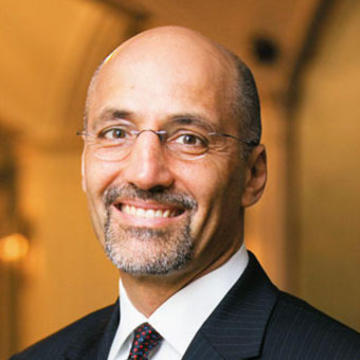Five myths about presidential transitions
Bad presidential transitions are becoming the norm, William Antholis writes in The Hill
Make no mistake, the chaos of our last presidential transition was bad. No good, very bad. One impeachment and two criminal cases bad.
And yet, we are now two months away from a transition to either Trump Two or Harris One.
Former President Donald Trump and Vice President Kamala Harris have each announced their transition directors. As each side begins to plan, here are five myths worth reconsidering:
Myth 1: Smooth transitions are the norm
The phrase “peaceful transfer of power” no longer seems trite. But the truth is that bad transitions are becoming the norm. Each of the last four transfers of power was marked by deep partisan discord.
In 2000, the Florida recount meant that President Bill Clinton was reluctant to anoint a winner, and George W. Bush and his team spent a month trying to secure their win. According to the 9/11 Commission, those delays contributed to the Bush administration’s being less-than-fully staffed when the terror attacks against America occurred.
The 2008 Bush-to-Obama transition was much better, as President Bush was committed to a smooth handoff. Still, Barack Obama and his team openly brawled with Republicans in Congress. Those poisonous relations meant that President Obama would have very few bipartisan wins, even with the global economy on the brink of collapse.
In 2016, Trump stumbled out of the gates, firing his transition chief, Chris Christie. Worse still, members of the Trump campaign were under investigation for allegedly colluding with Russia; several were later convicted for lying to the FBI. Democrats suspected espionage, while Trump would call this the weaponization of the “deep state”.
Hard as it may be, a new president has two simultaneous tasks: Get their own White House in order, while also working with the outgoing team and the opposing party in Congress.
Myth 2: The next president will be a dictator on day one
Trump’s boast has become a rallying cry for his supporters as well as for his opponents.
Like some myths, there is some truth to this one. A president’s unilateral powers have grown in recent years. President Joe Biden issued more than 100 executive actions, orders or proclamations in his first 100 days. That was about 20 more than Trump, which was about 20 more than Obama, which was about 20 more than Bush.
Indeed, day one orders have become a ritual. Still, many of these merely repeal day one orders issued by previous presidents.
Moreover, using these powers is harder than it looks. On day one, a president barely has a team in place to fully vet and implement a new set of executive orders. Trump saw this when his so-called “Muslim ban” executive order led to chaos, as it was badly designed and sloppily administered. So too with Obama’s effort to shutter the military prison at Guantanamo Bay, which is still in operation.
If a new president wants lasting change, try legislation.
